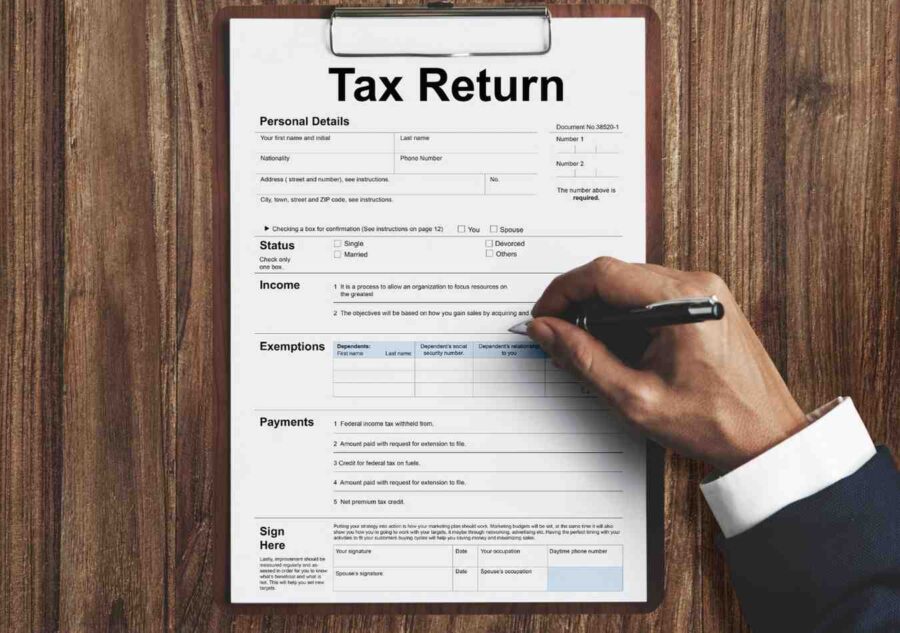GST Filing Guide 2023
Filing Goods and Services Tax (GST) returns is a critical aspect of compliance for businesses in India. As of my last knowledge update in September 2021, the GST rules and procedures may have evolved. It’s important to check the latest updates on the official GST portal or consult a tax expert for the most current information. However, I can provide you with a general guide on how to file GST returns in India as of my last update:
1. Determine Your GST Registration Status
Before you can file GST returns, ensure you are registered for GST and have obtained the necessary GSTIN (Goods and Services Tax Identification Number).
2. Types of GST Returns
There are several types of GST returns, such as GSTR-1, GSTR-3B, and GSTR-4, which are applicable to different categories of taxpayers. Identify which returns you need to file based on your business type and turnover.
3. Maintain Accurate Records
Maintain detailed records of all your sales and purchases, including invoices, receipts, and other relevant documents. This is essential for accurate GST return filing.
4. Timely Filing Dates
Be aware of the due dates for filing GST returns. These dates can vary depending on your turnover and the specific return you are filing.


5. GSTR-1
- GSTR-1 is the return for outward supplies. It includes details of your sales.
- Report sales invoices, debit notes, credit notes, and exports in GSTR-1.
- Verify and ensure the accuracy of the data before filing.
6. GSTR-3B
- GSTR-3B is a summary return where you declare your tax liability and pay the applicable taxes.
- It is generally filed monthly and provides a snapshot of your sales and purchases.
7. GSTR-4 (for Composition Dealers)
- If you are a composition dealer, file GSTR-4, which is a quarterly return.
- It summarizes your quarterly sales, tax paid, and liability.
8. File Nil Returns if Applicable
Even if you have no sales or purchases during a particular period, you may still need to file a nil return.
9. Input Tax Credit (ITC)
- Ensure you claim the correct Input Tax Credit (ITC) on purchases.
- Cross-verify your ITC claims with your suppliers’ returns using the auto-populated data in GSTR-2A.


10. Reconciliation
Perform regular reconciliations between your books of accounts and the data in your GST returns to ensure accuracy.
11. Late Filing
Be aware of the late filing fees and interest charges for delayed GST return filing. Timely filing helps you avoid penalties.
12. Amendments and Corrections
If you identify errors or omissions in your filed returns, use the appropriate amendment forms (GSTR-1A, GSTR-3B, etc.) to make corrections.
13. Digital Signature or OTP Verification
Depending on your turnover and the type of return, you may need to digitally sign your returns or verify them using OTP (One-Time Password).
14. Professional Assistance
Consider seeking help from a tax consultant or CA (Chartered Accountant) for complex GST matters, especially if you have a large or intricate business operation.
15. File and Pay on the GST Portal
Use the official GST portal (www.gst.gov.in) to file your GST returns. You can also make tax payments online through various modes of payment.
16. Stay Informed
Keep yourself updated with changes in GST rules, rates, and procedures, as these can change periodically.
Please note that GST rules and procedures can change, and it’s crucial to stay updated with the latest guidelines from the GST authorities. The above information is intended as a general guideline and may not reflect the most current requirements. Always consult with a qualified tax professional or visit the official GST portal for the latest information and specific filing instructions in 2023.









